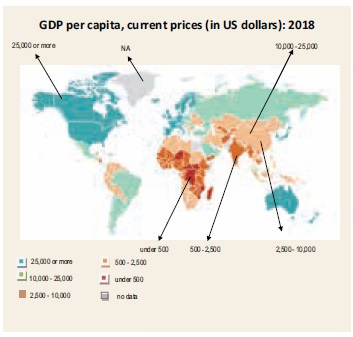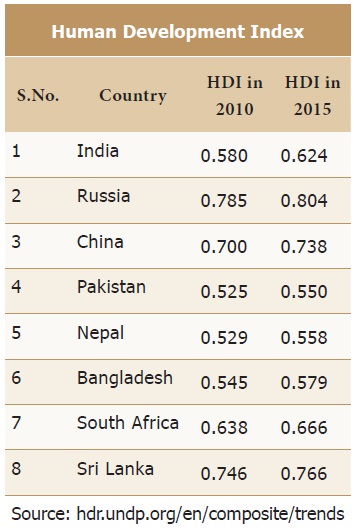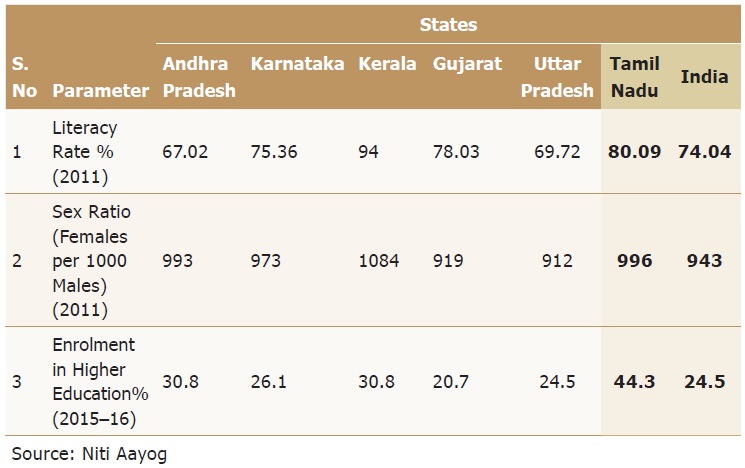Chapter: 9th Social Science : Economics : Understanding Development: Perspectives, Measurement and Sustainability
Indicators of Economic
Indicators of Economic
The major indicators to measure the level of
economic development are Net National Product (NNP), Per Capita Income (PCI),
Purchasing Power Parity (PPP) and Human Development Index (HDI).
1. Net National Product
The Net National Product (NNP) is considered as a
true measure of national output. It is also known as national income. A rise in
per capita income means an increase in aggregate real output. Hence, this is a
better indicator than national income for measuring development.
For measuring a country’s development, its income
is considered to be one of the most important factors. Countries with higher
income are considered to be more developed than those with lesser income. So,
income itself is considered to be one of the indicators of economic
development.
2. Per Capita Income
However, for comparing the development of various
countries, total income is not an useful measure. Since countries have
different populations, comparing total income will not be suggestive of what an
average person is likely to earn. Are people in one country better off than
others in a different country? The average income is calculated by dividing the
country’s total income by its total population. The average income is also
called per capita income. Calculations on the per capita income of all
countries are calculated only in the US dollar in order to compare
International level.
3. Purchasing Power Parity
Purchasing power parity is defined as the number of units of a country’s currency required to buy the same amount of goods and services in the domestic market as one dollar would buy in the US.

The technique of purchasing power parity allows us
to estimate what exchange between two currencies is needed to express the
accurate purchasing power of the two currencies in the respective countries.
Recently, India became the third largest economy in terms of PPP. China became
the largest defeating the US to the second position.
4. Human Development
Human resource is necessary for the progress of any
country. The term ‘human resources’ refers to the collective abilities of
people, which can be utilised in the production sector.
Human resource development means the development of
a person’s physical and mental abilities through education, health care and
training. Therefore, investment in education and health of people can result in
a high rate of returns in the future for a country. For example, if a child is
invested with good education and health, he or she may turn to be very
productive in future in the form of higher earnings and greater contribution to
the society. Human Development Index (HDI) Which indicates

In the past, economists believed that the rate of
economic growth of nations could be increased only by increasing investment in
physical capital. But they have realised over time that investment


Related Topics